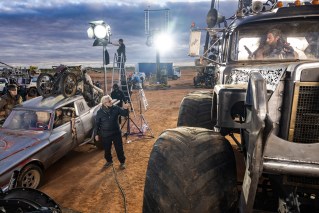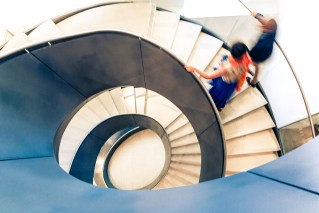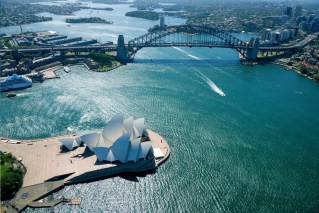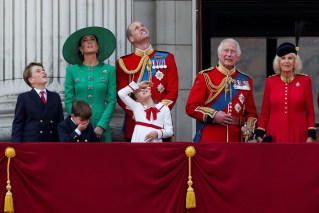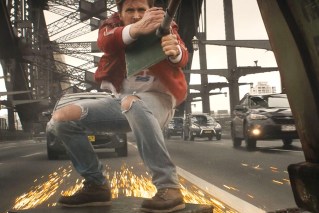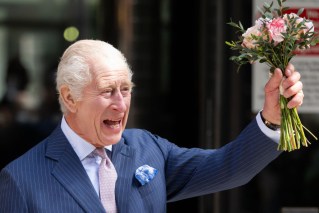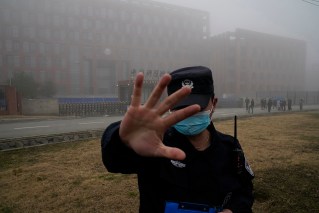The benefits to going car-free are real. Here’s how we can get there

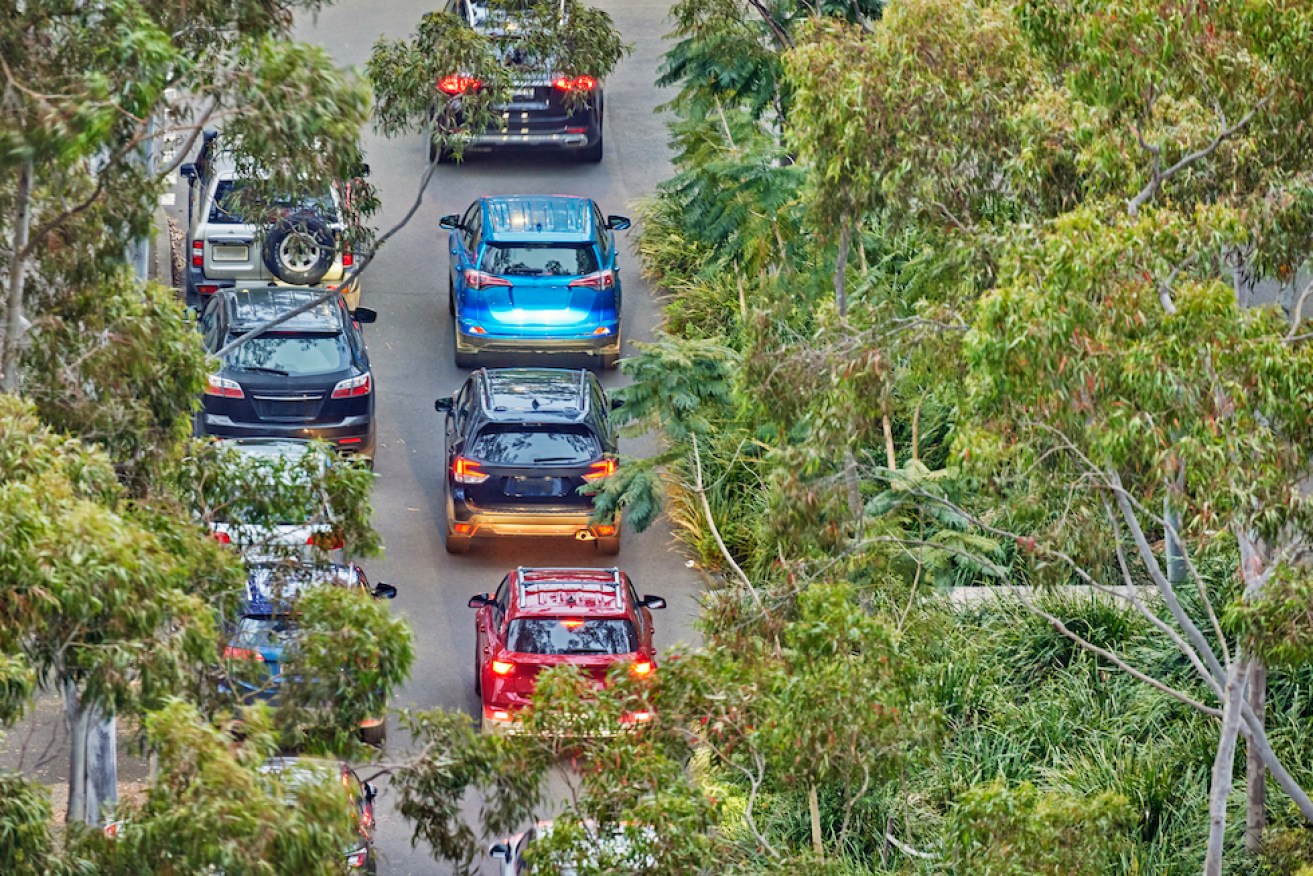
Australians are reliant on their cars, but there are ways to change that. Photo: Getty
When Dr Richard Buning accepted a job in Atlanta, Georgia, at best his commute to work would be 45 minutes, at worst twice that time while stuck in traffic and surrounded by countless other cars.
“I felt like it destroyed my life, sucked up all of my leisure time after work or before work, it was replaced with being in my car,” he told The New Daily.
“It never felt good after work. After having a stressful day, I go get in my car and then it was stressful drive.”
After suffering and sitting in traffic for two years, he thought “never again”. He now lives in Brisbane, intentionally close to public transport and his work at the University of Queensland as a Senior Lecturer in Business.
Buning uses a mix of public transport systems to get around and will also walk and cycle, if the weather permits. The only time he really finds himself in a car is when he needs to head out to somewhere more rural.
His research mainly focuses on tourism, how it can intersect with physical activity and why tourists can benefit from “active transport” through bikeshare and eScooters.
Tourists have a lot to gain by accessing active transport, Buning says. Walking instead of driving is the best way to discover a city, he notes, adding there are just as many benefits for locals in going car-free.
Australia’s auto love affair
Rideshare company Uber is understandably eager to end Australia’s “over-reliance” on private cars.
Last week the company released its findings from a study which saw 58 people from Adelaide, Brisbane, Canberra, Melbourne and Sydney give up their cars for four weeks.
In those four weeks, participants cut down on their trips slightly, but the variety of transport modes increased, as did their step counts.
“Australia currently has one of the highest rates of car ownership in the world, even though cars sit idle 95 per cent of the time,” Uber said in a press release about the study.
“If Aussies want to embrace a car-light future, they must have access to four or more modes of transportation, including public transport, bikes, e-scooters, walking, cycling and rideshare.”
People who participated in the One Less Car study were quite happy after the four weeks finished and are planning on making changes to their lives.
One Sydney resident, Ian, said he has a “highly predicable” routine so it was easy to find substitutes for getting in one of his two cars. Now he plans on selling one of his vehicles in coming weeks.
Miranda, from Brisbane, said taking fewer private car trips required “adaptability, resourcefulness and a shift in perspective”.
“But, despite the challenges, the rewards and benefits have made the positive experience worthwhile,” she said.
“I definitely intend to continue exploring alternative methods of transportation, while acknowledging the occasions where a private car may be more practical.”
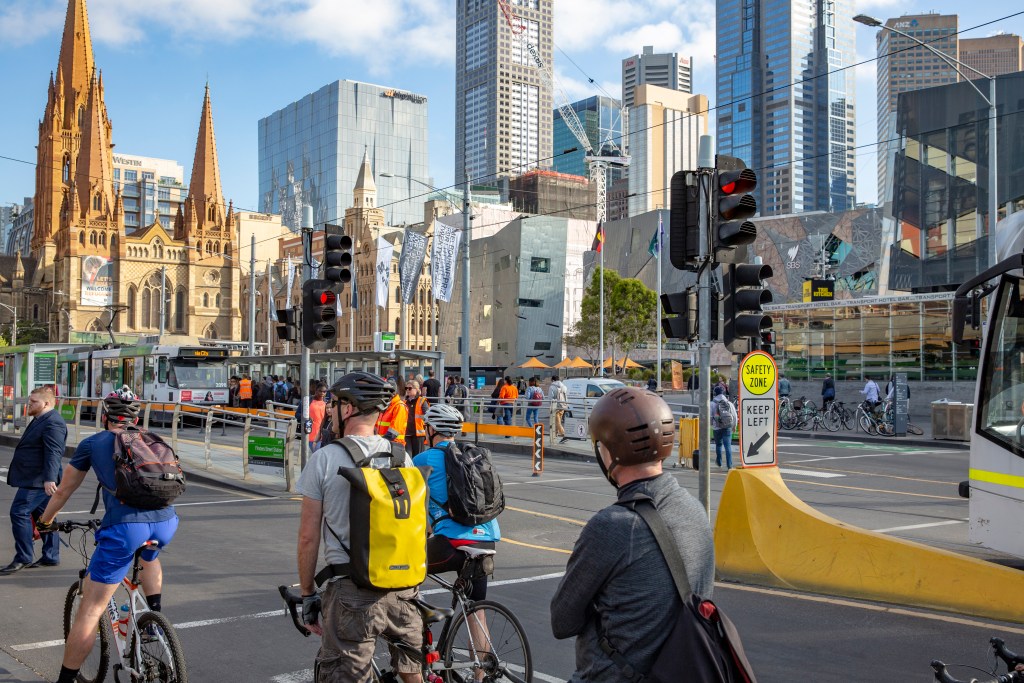
Active transport, like cycling, is a popular alternative to using cars. Photo: Getty
Car-free isn’t for everyone
It goes without saying that regional and rural areas could never be car-free. For many in those areas it is the only option to get around, while being able to work within a reasonable distance to a workplace is a privilege.
“Cars will probably never not exist in rural areas and country areas,” Buning said.
“It just doesn’t have the demand for public transport in those spaces. And things are so spread out in Australia where, if you live in a country area, you’re just dependent on a car, you don’t really have an option.
“Things are just too drastically too far away and you don’t have the demand to help subsidise public transport in those spaces.”
However, for people living in major Australian cities, there are plenty of benefits to not driving everywhere and instead opting for public transport, walking and/or cycling.
Doing so can lead to a reduction in emissions, and transport times can be more reliable. Fewer cars on the road means less traffic, less gridlock and road rage incidents.
“There’s research out there that basically talks about when people are in cars and they view other people in cars as subhuman — they don’t look to see that those are normal people,” Buning said.
“People just get more aggressive all of a sudden when they’re in a car when someone cuts them off or something.”
However, one aspect which is often overlooked when utilising public or active transport is the sense of community.
Cities around Australia are generally more car-centric, in that the infrastructure allows for everyone to have a car.
However, to move to a more sustainable future, or one where people can choose between multiple modes of transport, things needs to change.
Uber put forward four recommendations on how Australia can combat its addiction to owning and using cars:
- Invest in infrastructure to increase accessibility
- Improve the quality, reliability, and convenience for every trip
- Raise awareness of travel choices and emphasise the benefits
- Target people who are ready to shift and scale up what works
Buning said it is really worth treating active transport like the same way we treat cars in Australia.
eBikes and scooters
“The amount of energy effort, money budgeting resources that we put into cars from educating people, how to use them, drive them, get licences, build highways, build, build roads, build streets, all of those things is massive,” he said.
“We don’t put anywhere near that level of attention, resources, financial commitment, education into using active transport and other transport modes at all.”
However, he does believe that is changing a bit more as cities realise they can’t make highways any wider or accommodate more parking spaces.
While governments are trying to incentivise people to buy electric vehicles, which still need spaces to park and charge, more could be done to incentivise purchases of electric bikes and scooters, which Buning calls a “game changer”.
“The cheapest and most sustainable way to get people around cities is active transport and these scooters, even more so E-bikes, opens the door for so many more people to consider cycling to work and, and getting around,” he said.

